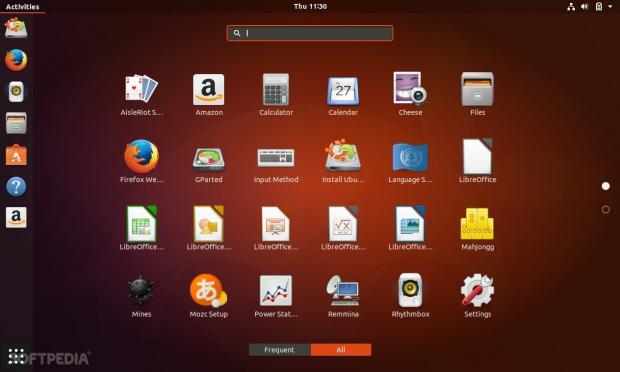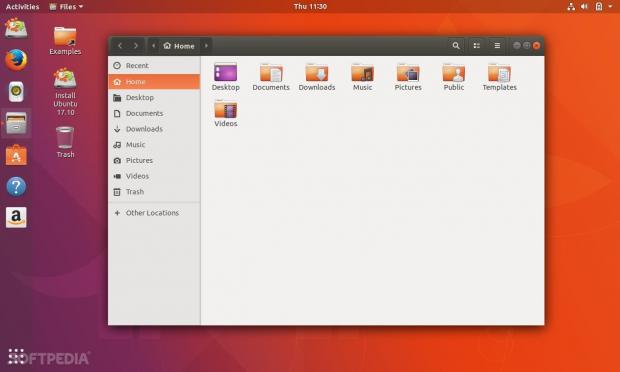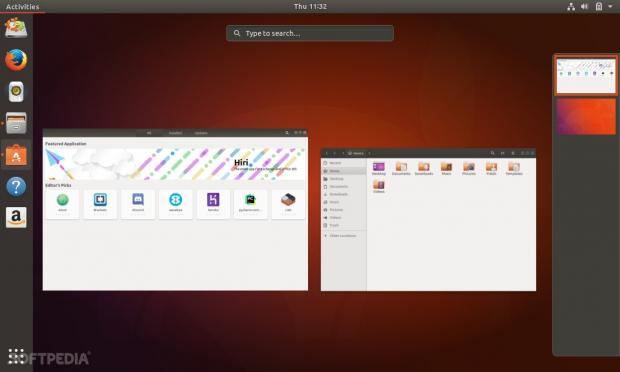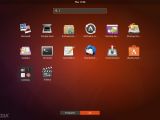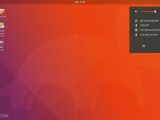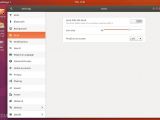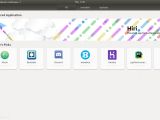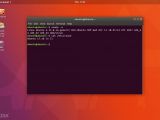Canonical today announced the release of the Ubuntu 17.10 operating system, dubbed Artful Aardvark, which brings major changes to Ubuntu Desktop as we know it.
You probably already know many of Ubuntu 17.10's new features as we blogged about them during its six-month development cycle. The first thing users will notice when running Ubuntu 17.10 is that their beloved Unity user interface is gone, as it's been replaced with the GNOME 3 desktop environment.
Running on top of Wayland, GNOME 3.26.1 is being used as default session, making the Ubuntu GNOME flavor obsolete. That's right, Canonical decided to adopt the next-generation Wayland display server too, putting the X.Org Server session on the back seat, as a fallback for PCs whose graphics cards do not support Wayland.
"The Ubuntu GNOME flavor has been discontinued. If you are using Ubuntu GNOME, you will be upgraded to Ubuntu," said Canonical in the release notes of Ubuntu 17.10. "Choose the Ubuntu session from the cog on the login screen if you would like the default Ubuntu experience."
Users have to simply choose the "Ubuntu on Xorg" session from the login screen if they want to use the older X.Org Server. Talking about the login screen, Canonical had to replace the beautiful LightDM with GNOME's GDM (GNOME Display Manager), which uses VT1 instead of the normal VT7.
Window control buttons are back on the right
For the first time in more than seven years, window control buttons are making a comeback on the right, so Ubuntu 17.10 might feel a bit strange when used for the first time, especially if you're a regular Ubuntu user and you're coming from Ubuntu 17.04 (Zesty Zapus) or the long-term supported Ubuntu 16.04 LTS (Xenial Xerus).
Ubuntu 17.10 also brings changes to the software side of things, as it uses GNOME's Caribou instead of Onboard as default on-screen keyboard, and upgrades all default apps to their latest releases, including the Nautilus file manager. LibreOffice 5.4 is default office suite, and Rhythmbox music player uses an alternate user interface.
Additionally, System Log has been replaced by GNOME's Logs for viewing logs from systemd journal. The driverless printing support introduced earlier this year in Ubuntu 17.04 has been extended to also support Wi-Fi Direct and Mopria devices besides IPP Everywhere and Apple AirPrint printers.
Under the hood of Ubuntu 17.10
Taking a look under the hood of the Ubuntu 17.10 (Artful Aardvark) operating system, we can notice that it runs the latest Linux 4.13 kernel, uses the Python 3.6 stack by default as Python 2 is gone from the default install, and GCC 7 is default compiler. The newest Mesa 17.2 graphics stack is present as well for gaming.
As for Ubuntu Server, Canonical upgraded several core components to their latest releases. These include QEMU 2.10, libvirt 3.6, DPDK 17.05.2, Open vSwitch 2.8, cloud-init 17.1, curtin 0.1.0~bzr519-0ubuntu1, Samba 4.6.7, and a new Bind9 KSK (Key Signing Key) that was published on July 11, 2017.
Last but not least, Ubuntu 17.10 is operating system's first release to no longer offer 32-bit installation images, though the rest of the official flavors decided to keep them. Therefore, Ubuntu 17.10 can only be installed on 64-bit systems, and you can download the Live ISO image right now from our website.
Existing users can upgrade right now from a supported release, either Ubuntu 16.04 LTS or Ubuntu 17.04. We've prepared in-depth tutorial for those who will upgrade from Ubuntu 17.04 to Ubuntu 17.10 to ease your migration from the Unity desktop to the GNOME 3 one, but please note that Ubuntu 17.10 will be supported for only nine months, until July 2018.
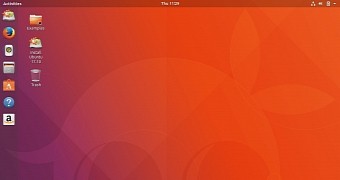
 14 DAY TRIAL //
14 DAY TRIAL // 